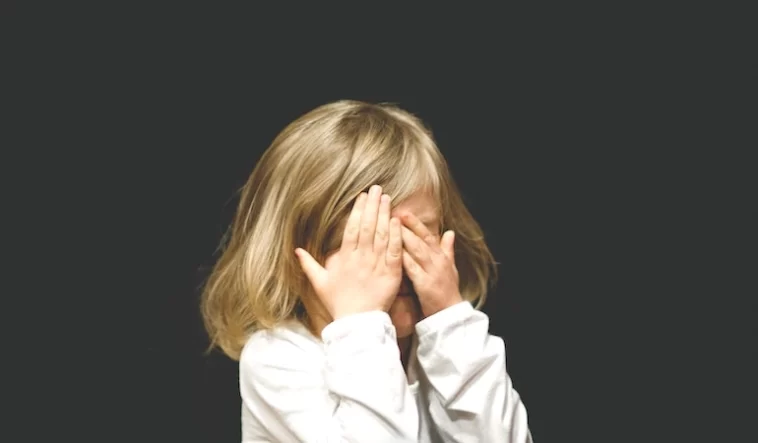Since the epidemic lockdowns, images of young children performing sexual acts on camera have increased more than tenfold, according to new research. The Internet Watch Foundation claims that its data demonstrates how predators profited from the circumstance. When the pandemic started in early 2020, the use of social media platforms skyrocketed. In contrast to the 5,000 websites that displayed the content before the epidemic, the IWF tracked more than 63,000 websites last year. “The internet was a lifeline during the pandemic, but we are only now unraveling the full implications,” said IWF CEO Susie Hargreaves. The fact that younger children are being drawn into terrible circumstances by voracious predators, frequently while they are in their own bedrooms, is obvious to us. In all, the IWF monitors, looks into, and makes an effort to take down hundreds of thousands of cases of child sexual abuse content from websites around the world.
The organization claims that because reporting levels have stayed mostly consistent over the past few years, it is sure that the spike in self-generated content it is currently seeing is due to an increase in activity. Tech executives are warned to improve their handling of child abuse photos amid a Tory revolt on a bill
Presently, two-thirds of the imagery examined by analysts consists of self-generated movies and photographs of child abuse. This is a reference to pictures of kids tricked by online predators into sexually abusing themselves on video. Many of the films, according to researchers, are taken or live streamed from bathrooms or bedrooms with background noises from a busy family. They are frequently carried out over live chat and secretly recorded by pedophiles for the purpose of sharing and selling.
The UK-based IWF organization claims that it is frequently difficult to tell where the youngsters are from the footage. If a school uniform or other identifiers are evident, it does, however, report cases to the appropriate authorities. More than 8,000 of the images, which the charity estimates to be of children aged seven to ten, contained what is known as Category A material. The most severe type, which includes penetrative sexual action and pictures of animal sexual activity.
In one video that IWF researchers have viewed, a nine-year-old girl is given instructions by adults via an online platform to engage in sex acts while sequestered in her bedroom with soft toys nearby. A presumed family member, who is unaware of the abuse occurring, phones and asks her to run a bath for her small brother as she is being asked to perform “extremely dirty” dares over a webcam.
The long-delayed Online Safety Bill is one of the measures that the IWF is urging the UK government to take to better protect kids. To potentially hold tech platform executives criminally accountable for any failures to prevent, detect, and delete child sexual abuse and exploitation content, the bill is now being revised. However, the IWF claims that the majority of the content it processes does not originate in the UK and instead comes from all around the world. The United States National Centre for Missing and Exploited Children reported an increase in child sexual abuse material in 2021 but did not have numbers for 2022. 29.4 million reports were submitted to the charity’s CyberTipline in comparison to 21.7 million in 2020.


